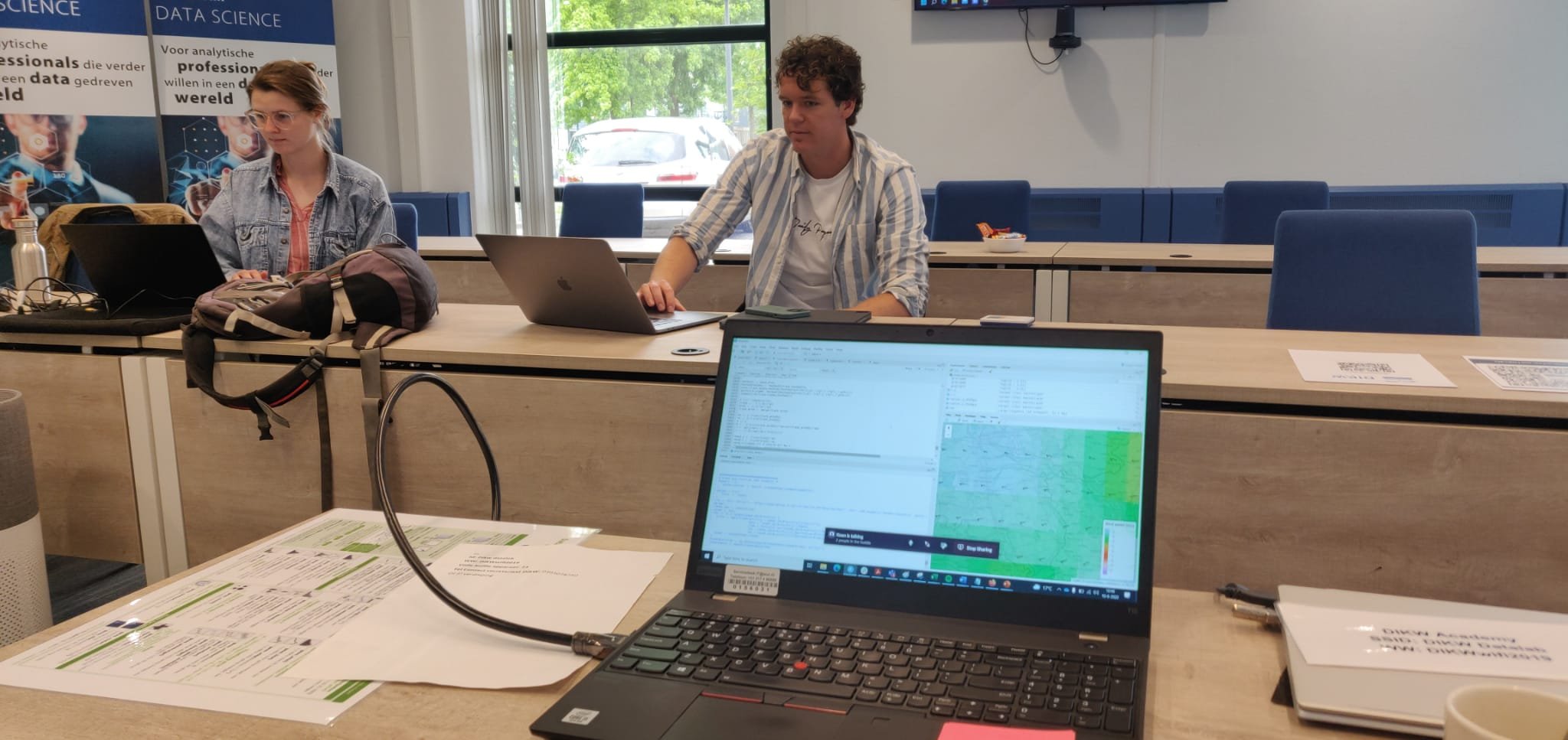Author: ass. prof. Koen de Koning, partner in Nature FIRST
Autumn is normally marked by colder weather, giving many thousands of birds the go-ahead to migrate south to their wintering grounds in southern Europe and Africa. However, this fall has been particularly mild so far, so few birds really felt the need to begin their fall migration. That is now changing! Colder weather is approaching, and that will change the minds of many thousands of migratory birds. There may even be a real mass migration in the offing! So are the cranes.
Some time ago I examined GPS data from transmittered cranes, and combined it with historical weather data, to get a picture of how the weather affects their migratory behavior. What emerged? Cranes are particularly heavily influenced by weather in the fall. They wait patiently until optimal conditions literally give them a boost to fly southward. A very strong relationship can be found between a few key weather characteristics, and the choice to depart, namely: wind speed, wind direction, precipitation, cloud cover and temperature. The day of departure is heralded by a strongly cooling temperature, a substantial decrease in wind speed (calm weather), drier weather, more sun and a wind turning northeast. Sunshine provides the necessary thermals, allowing cranes to gain altitude easily, and the wind from the northeast naturally blows the birds south. Especially in northwestern Europe, where headwinds (southwestern wind) are dominant, this turning of the wind to the northeast is a very important starting signal for the autumn migration. And let now coincidentally all these favorable weather factors come together early next week! So that is a guarantee for spectacular bird migration!
Can we expect thousands of cranes in the Netherlands? That remains to be seen, but the predictions are favorable. The only thing is that most of the cranes have only just made the crossing from Scandinavia to Germany, so the question is whether they have been sufficiently 'refueled' to make the next leg. In addition, the wind has to come in from the east to 'blow' the cranes to our country. In any case, there is plenty of reason to keep a close eye on the crane radar!
And a nice piece of news for those who are already familiar with the crane radar: Recently, we have been working hard on a new version that incorporates all of these weather forecasts as well in order to track migration even more accurately on the radar!
Credits:






